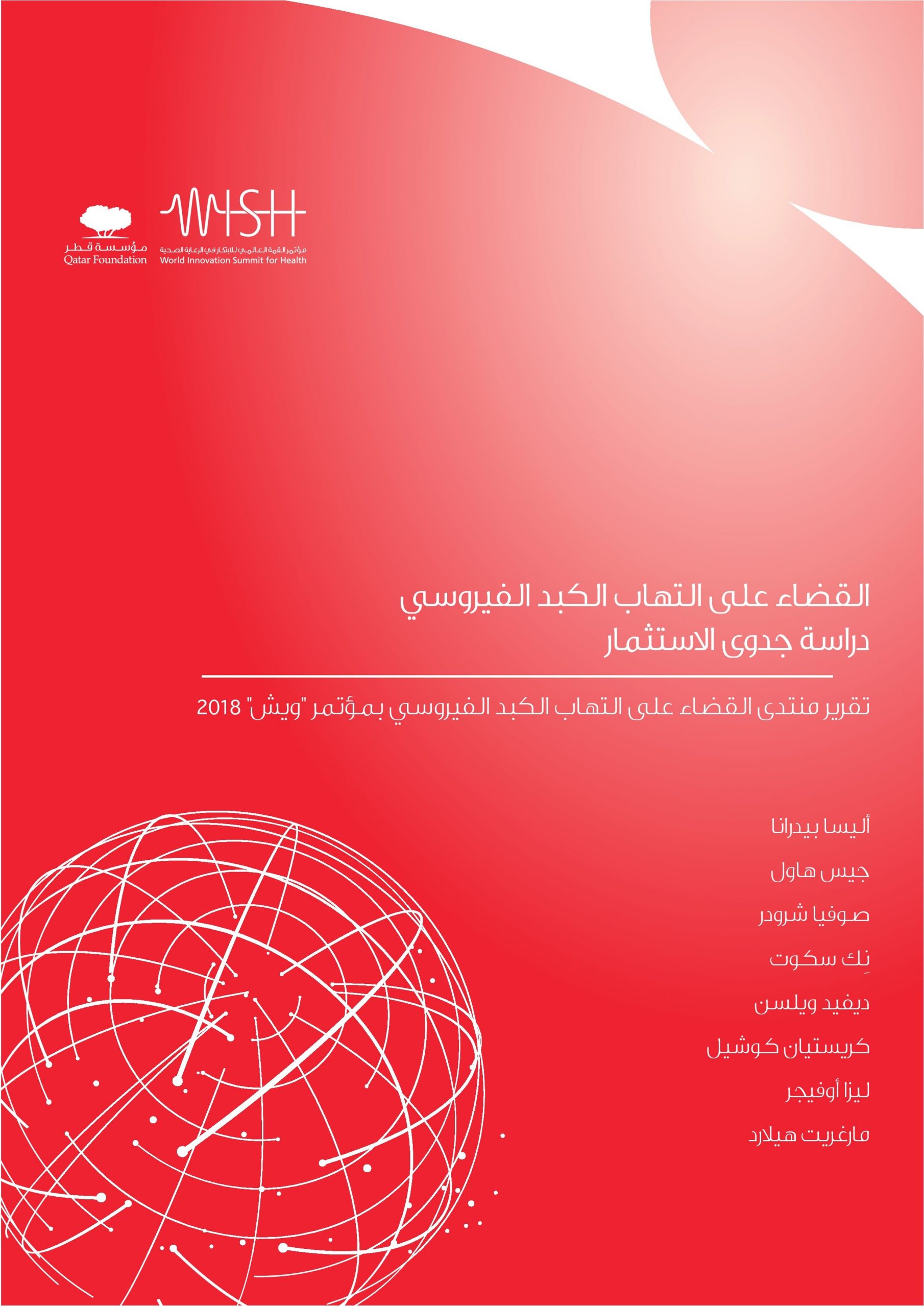ملخص تنفيذي
Viral hepatitis (VH) – hepatitis B and hepatitis C – is a leading global health threat affecting hundreds of millions of people annually. Hepatitis B and hepatitis C cause liver inflammation due to a viral infection spread by blood or other fluids. Transmission occurs through unsterile medical and other procedures, sharing of injecting equipment and sexual transmission – albeit for hepatitis C this is uncommon outside the setting of HIV-positive gay and bisexual men.
Without increased investment in testing and treatment for hepatitis B and hepatitis C, VH will continue to spread, leading to an estimated 63 million avoidable new infections and 17 million preventable deaths from hepatitis B, and an estimated 13 million avoidable new infections and 1.1 million preventable deaths from hepatitis C by 2030.
Today, we have effective testing and treatment options, with the potential to meet the WHO goal of elimination by 2030. However, the main barriers are limited financial resources and lack of political commitment. This report builds on the work of the WHO’s Global Health Sector Strategy on Viral Hepatitis 2016–2021 by supporting a public health approach to investing in viral hepatitis elimination.
This report examines the scale of the issue (Section 1). We look at countries that have successfully implemented VH elimination programs (Section 2), examine the challenges highlighted by the case studies and outline actions that can be taken to overcome each of the issues.
We present an economic case for investing in elimination programs in Section 3 and proceed to outline an investment structure for how to finance VH elimination in Section 4. The Appendix lists some of the currently available resources and tools for policymakers to guide investment decisions.
The report concludes with our recommendations for global leaders of communities and nations to encourage investment in VH elimination.

